Gas dehydration: costs and economics?
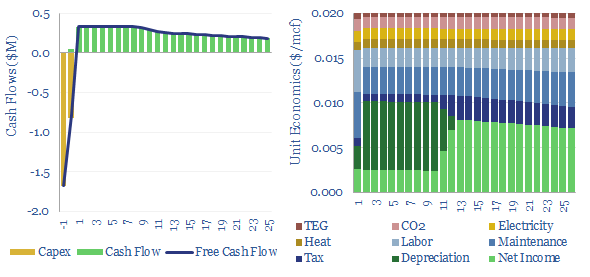
…our desk are aimed at dehydrating CO2 in CCS projects, so that it does not form carbonic acid and dissolve disposal pipelines. Hydrogen may also require dehydration, downstream of a…

…our desk are aimed at dehydrating CO2 in CCS projects, so that it does not form carbonic acid and dissolve disposal pipelines. Hydrogen may also require dehydration, downstream of a…
…and mining Materials and manufacturing sectors covered in the data-file include ASUs, autos, battery binders, carbon fiber, gas turbines, glass fiber, hydrogen, methanol, mining equipment, polyurethanes, vacuum pumps, VFDs, wind…
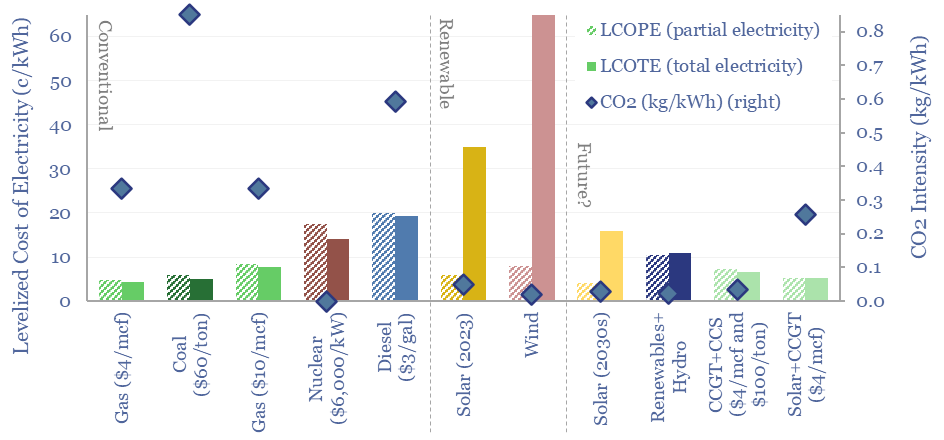
…gensets, grid-scale batteries, redox flow batteries, hydrogen backstops, and more broadly in conventional energy and new energies. Please note that the most cost-effective way to access our research is via…
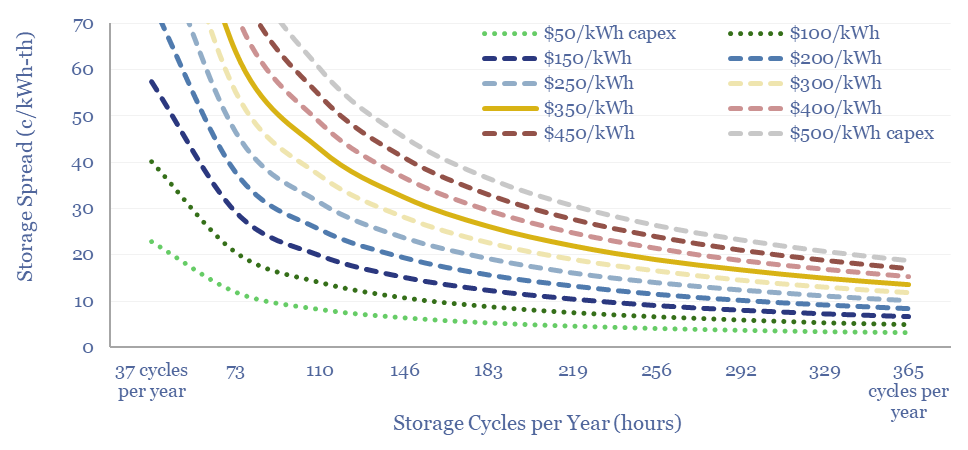
Thermal energy storage will outcompete other batteries and hydrogen for avoiding renewable curtailments and integrating more solar? Overlooked advantages are discussed in this 21-page report, plus a fast-evolving company landscape….

Thermal energy storage will outcompete other batteries and hydrogen for avoiding renewable curtailments and integrating more solar? Overlooked advantages are discussed in this 21-page report, plus a fast-evolving company landscape….
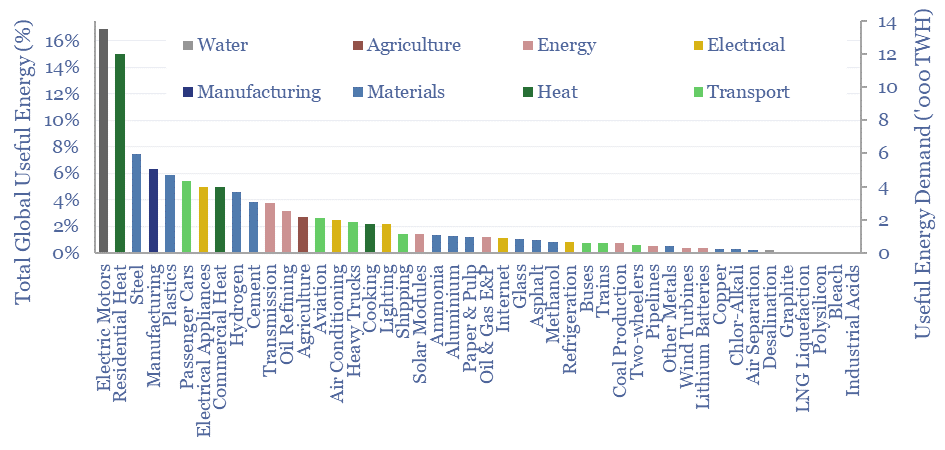
…chlor-alkali, coal production, commercial heat, cooking, copper, desalination, electric motors, electrical appliances, glass, graphite, heavy trucks, hydrogen, industrial acids, internet, lighting, lithium batteries, LNG liquefaction, manufacturing, methanol, oil & gas…
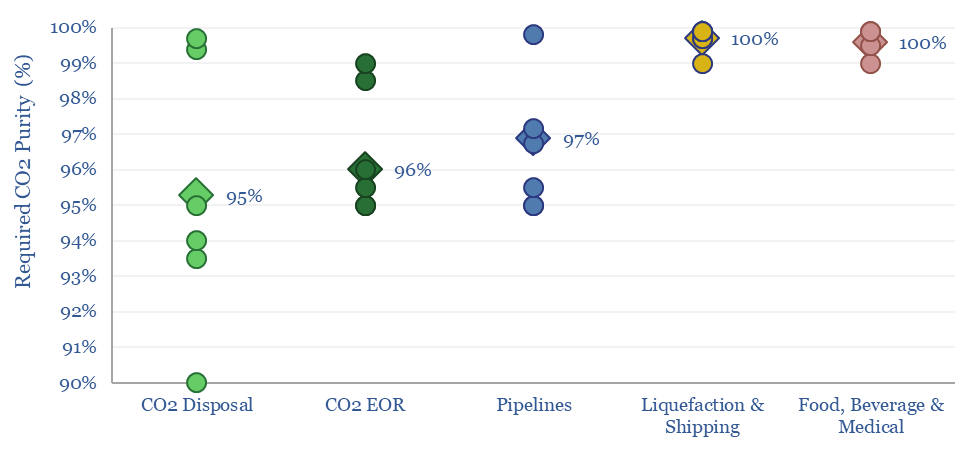
…of CO2 disposal, across various technologies, from straight-run amine CCS, to DAC, CO2-EOR, blue hydrogen SMRs and ATRs, oxy-combustion, potassium carbonate, other sorbents, next-gen membranes. But what CO2 purity levels…